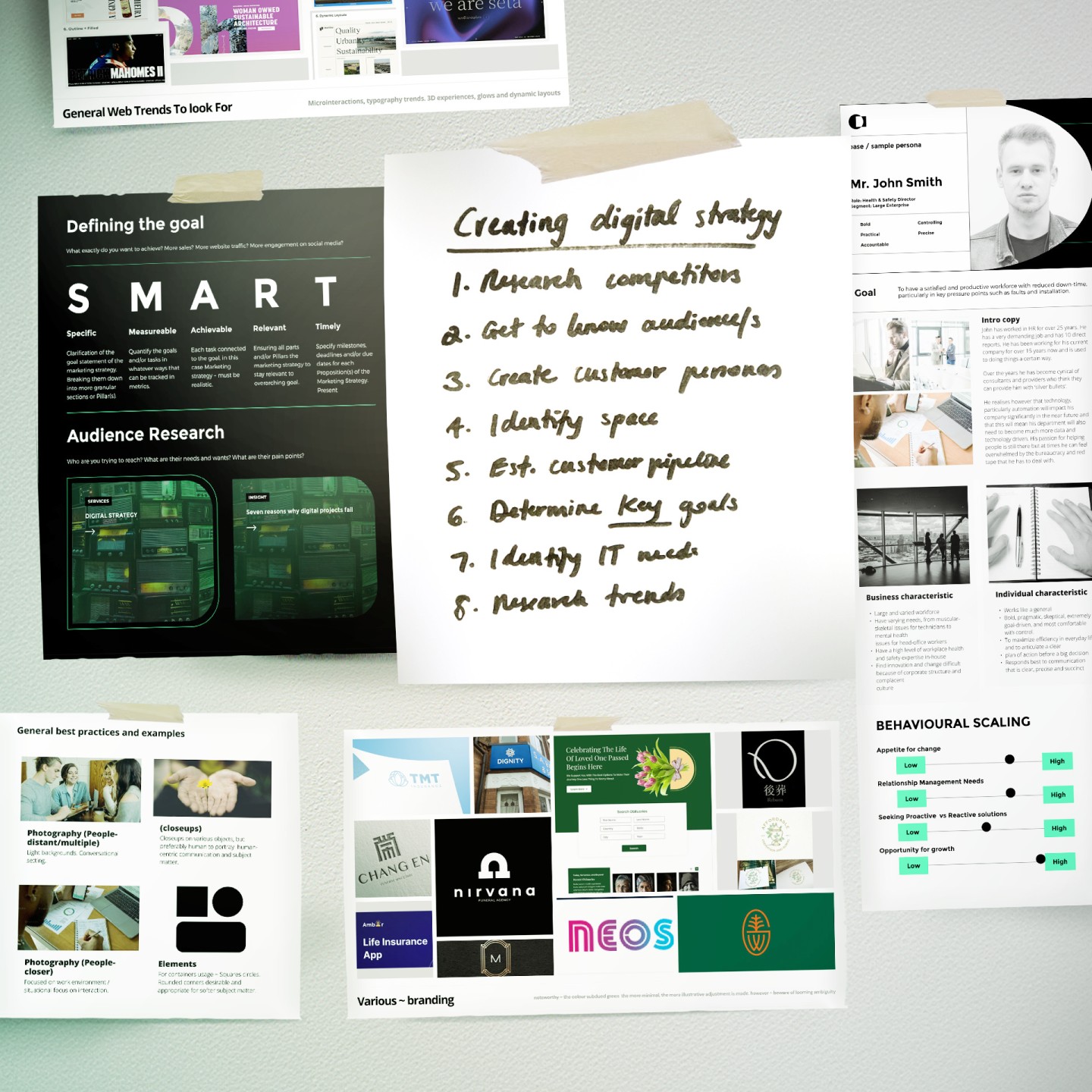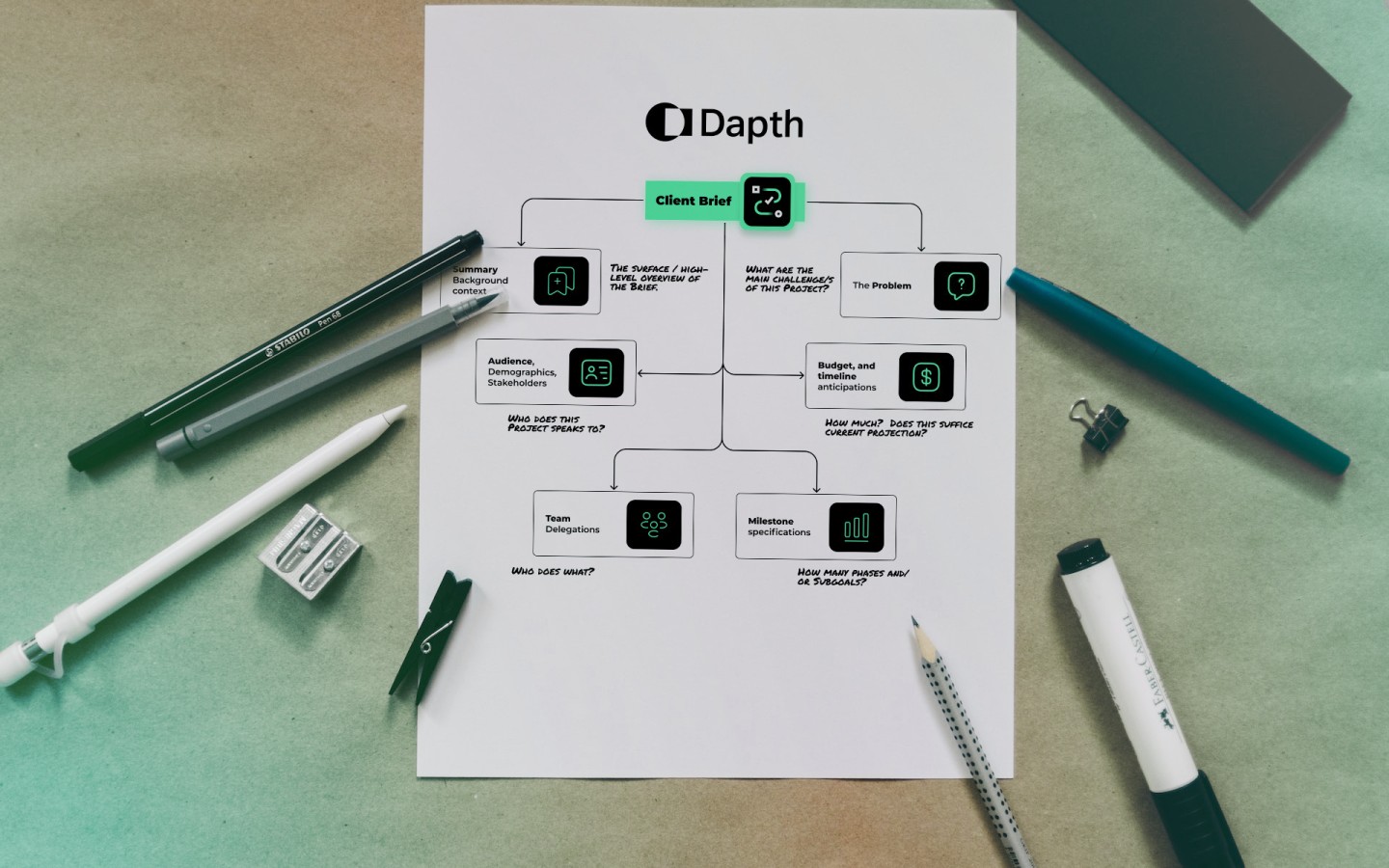
Digital Customer Experience (DCX) encompasses every interaction a customer has with a brand via digital channels. In today’s digital-first world, delivering a seamless DCX is essential - not optional - for large organisations. Great DCX improves engagement across customers, clients, and stakeholders, and directly supports growth and ROI.
The term 'Digital Customer Experience' (DCX) refers to every interaction customers have with a business and brand through digital channels ie. websites, social media, mobile apps, live chat, email, and more. These touch points collectively shape how customers perceive your brand. In our current, digital-first world, delivering exceptional DCX is no longer optional but essential for large and enterprise-level organisations.
Why? Because it helps them optimise engagements with clients, customer, stakeholder and teams. And because good DCX should contribute to growth, revenue and return on investment.
“At Dapth, we design digital experiences that feel effortless for the user but are deeply strategic under the surface. By understanding how people interact with technology, we help organisations create connected, intuitive systems that genuinely serve their customers - and deliver real, measurable outcomes.”
Dan Bradley, Chief Design Officer, Dapth
_web.webp)
Why DCX matters
DCX is a subset of the broader customer experience (CX) framework, focusing specifically on digital interactions. While CX encompasses all brand interactions, DCX zeroes in on how customers engage with your brand online. For today’s digitally savvy customers, seamless, accessible, and hassle-free online experiences are a baseline expectation.
A positive DCX fosters customer loyalty, encourages repeat business, and drives brand advocacy. Core components of DCX To deliver an outstanding digital customer experience, businesses must prioritise these elements:
User Interface (UI) and User Experience (UX): Intuitive and visually appealing designs enhance usability, engagement and satisfaction.
Personalisation: Tailoring experiences to individual preferences to boost engagement. Omnichannel Integration: Ensures consistency across all digital and physical touch points.
Accessibility: Inclusive designs that cater to all users, regardless of ability.
Data-Driven Insights: Leveraging analytics to understand and predict customer needs.
Real-Time Responsiveness: Instant solutions via live chat, chatbots and other tools.
Seamless Transactions: Frictionless purchasing and checkout processes.
Customer Support: Easily accessible and efficient assistance.
Continuous Optimisation: Regular updates and improvements based on feedback and data.
Building a DCX framework
Creating a robust DCX framework is critical to aligning digital strategies with business goals. Key steps include:
Customer Journey Mapping: Visualise the end-to-end customer journey to identify pain points and opportunities for improvement.
Omni Channel Integration: Break down silos to create a cohesive experience across all channels. Connected systems NOT disconnected ones!
Data-Driven Insights: Use customer data to personalise experiences and anticipate needs.
Continuous Optimisation: Regularly test and refine strategies to stay ahead of customer expectations.
Best practices from industry leaders
Top companies like Amazon, Netflix, Starbucks, and Airbnb set the gold standard for DCX.
Here’s some key notes on how these iconic brands make their digital awesome for their customers:
Amazon: Personalised recommendations powered by advanced algorithms and a seamless one-click checkout process make shopping effortless.
Netflix: AI-driven content suggestions and an intuitive interface ensure a user-friendly and engaging experience.
Starbucks: A mobile app that integrates with physical stores, enabling pre-orders, customisations, and loyalty rewards.
Airbnb: Transparent reviews, intuitive search features, and seamless booking processes build trust and ease of use.

Implementing DCX Strategies and measuring success
To elevate the DCX for your clients and stakeholder, consider these actionable steps:
Conduct Customer Research: Understand your audience through surveys, focus groups, and data analysis.
Develop Personas and Journey Maps: Create detailed profiles and maps to guide strategy.
Leverage Technology: Implement tools like chatbots, AI, and analytics platforms.
Train Your Team: Ensure consistent delivery of excellent digital experiences.
Collect and Act on Feedback: Use customer input to drive improvements.
These steps, and others, form the foundations of the Dapth approach to helping organisations achieve meaningful digital transformations and deliver exceptional DCX.
To gauge the effectiveness of your DCX efforts, you should be tracking these key performance indicators (KPIs):
Customer Satisfaction Scores (CSAT): Measure overall satisfaction with digital interactions.
Net Promoter Score (NPS): Assess the likelihood of customers recommending your brand.
Customer Effort Score (CES): Evaluate how easy it is for customers to complete tasks.
Conversion Rates and Retention: Monitor how effectively digital channels drive actions and maintain customer loyalty.
Analytics tools are invaluable for collecting and interpreting these metrics, enabling data-driven decision-making to refine your DCX strategies.
Future trends in DCX
Emerging technologies are reshaping the digital customer experience landscape. Key trends include:
Artificial Intelligence (AI) and Machine Learning: Deliver hyper-personalised experiences and predictive insights.
Voice and Conversational Interfaces: Enhance engagement through natural language interactions.
Augmented Reality (AR) and Virtual Reality (VR): Create immersive and interactive customer experiences.
Predictive Analytics: Anticipate customer needs and tailor offerings proactively.
Enhanced Self-Service: Empower customers with tools to resolve issues independently.
Data Security and Privacy: Build trust by safeguarding customer information.
Takeaways for business leaders
For senior technology and marketing managers in enterprise organisations, investing in DCX is a strategic imperative. A well-executed DCX strategy not only meets customer expectations but also drives differentiation, loyalty, and revenue growth. By prioritising seamless, personalised, and innovative digital experiences, your organisation can win real business advantages to stand out in an increasingly competitive digital marketplace.
Partnering with expert teams who specialise in UI/UX design, omni channel strategies, and advanced analytics can accelerate your journey toward DCX excellence and that should mean higher engagement, revenue growth, improved efficiencies, competitive advantages and return on investment
The future of customer engagement is digital - embrace it with confidence and foresight.





_web.webp)

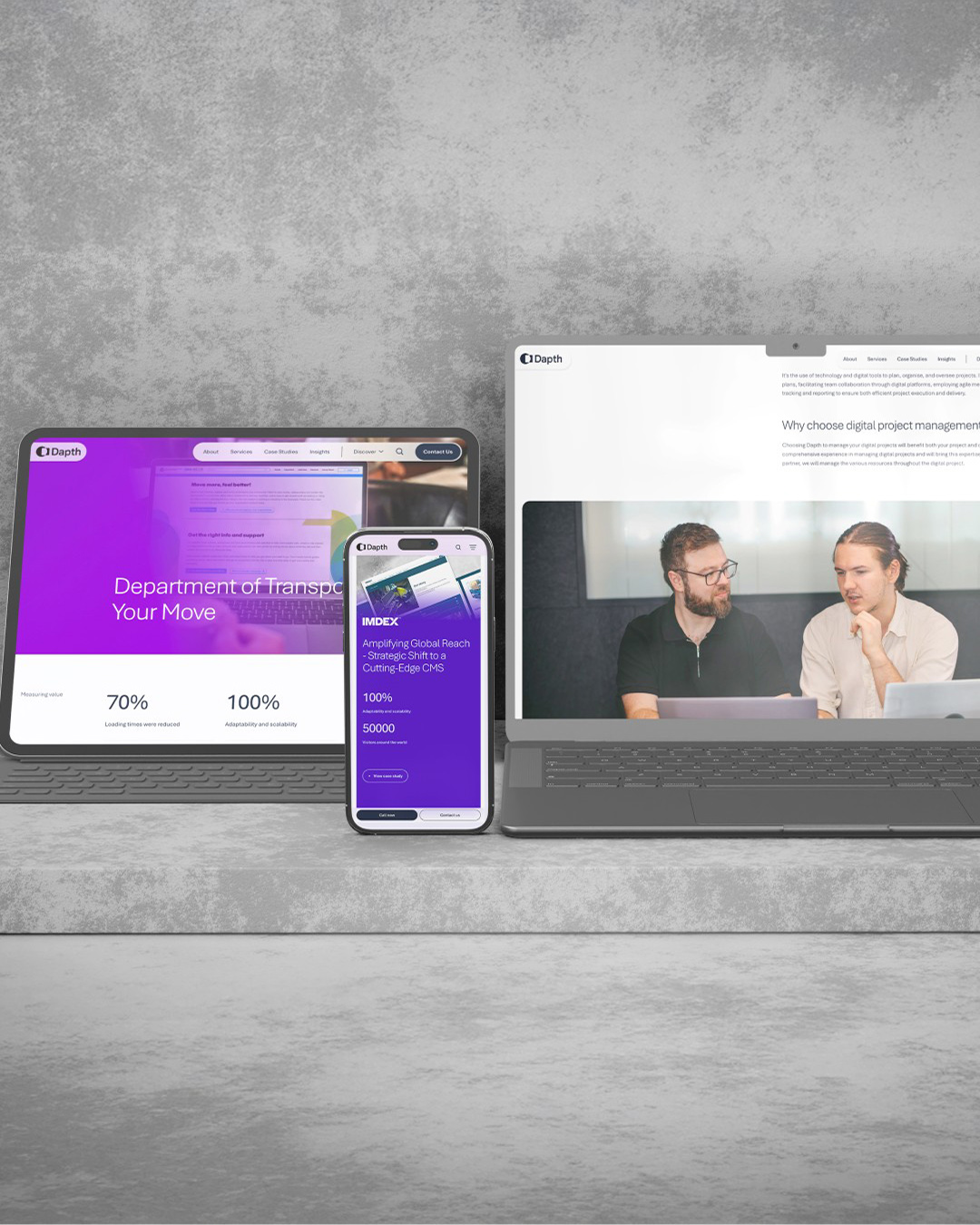






























_web.webp)
_web.webp)
_web.webp)

_web.webp)

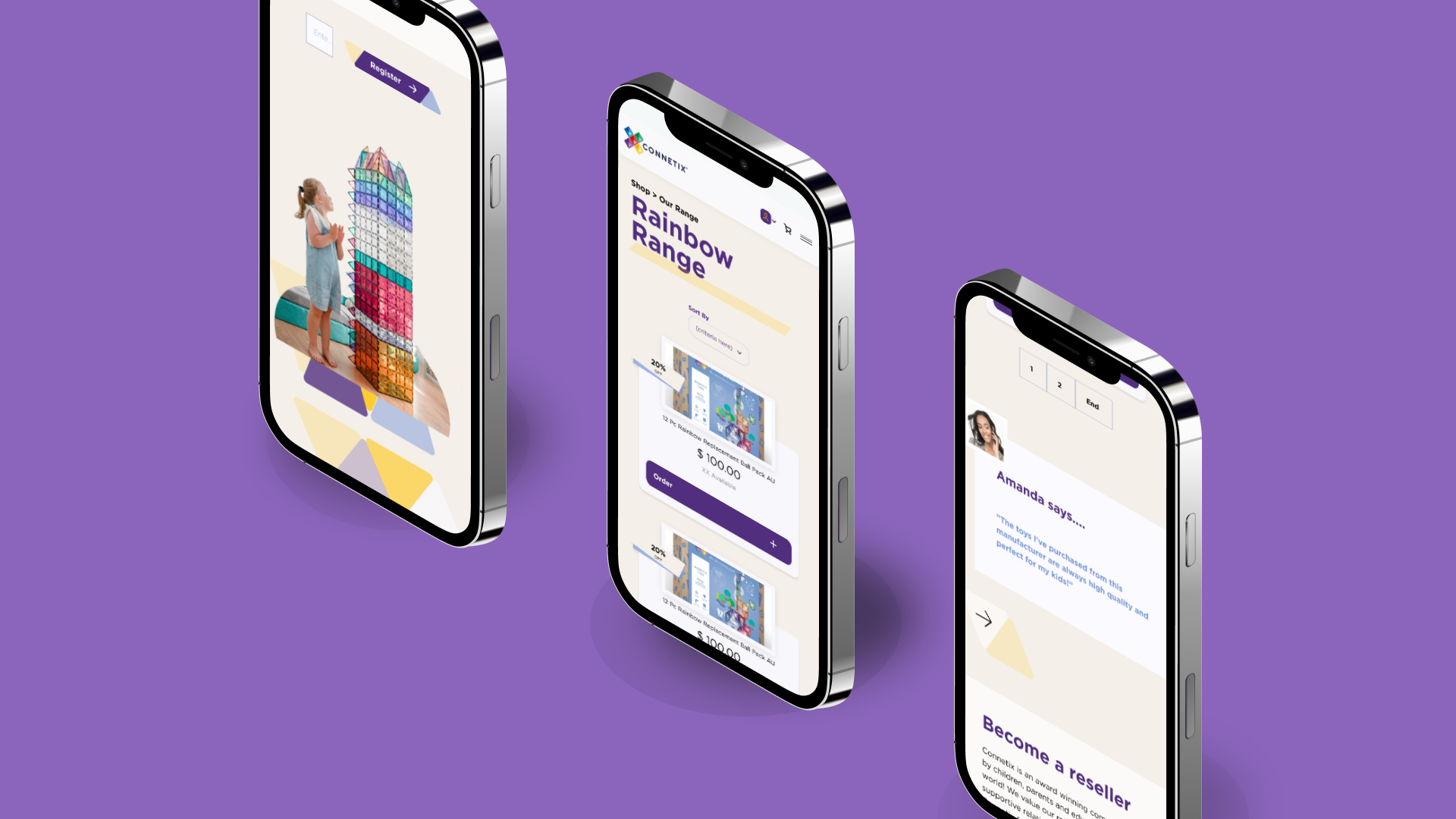
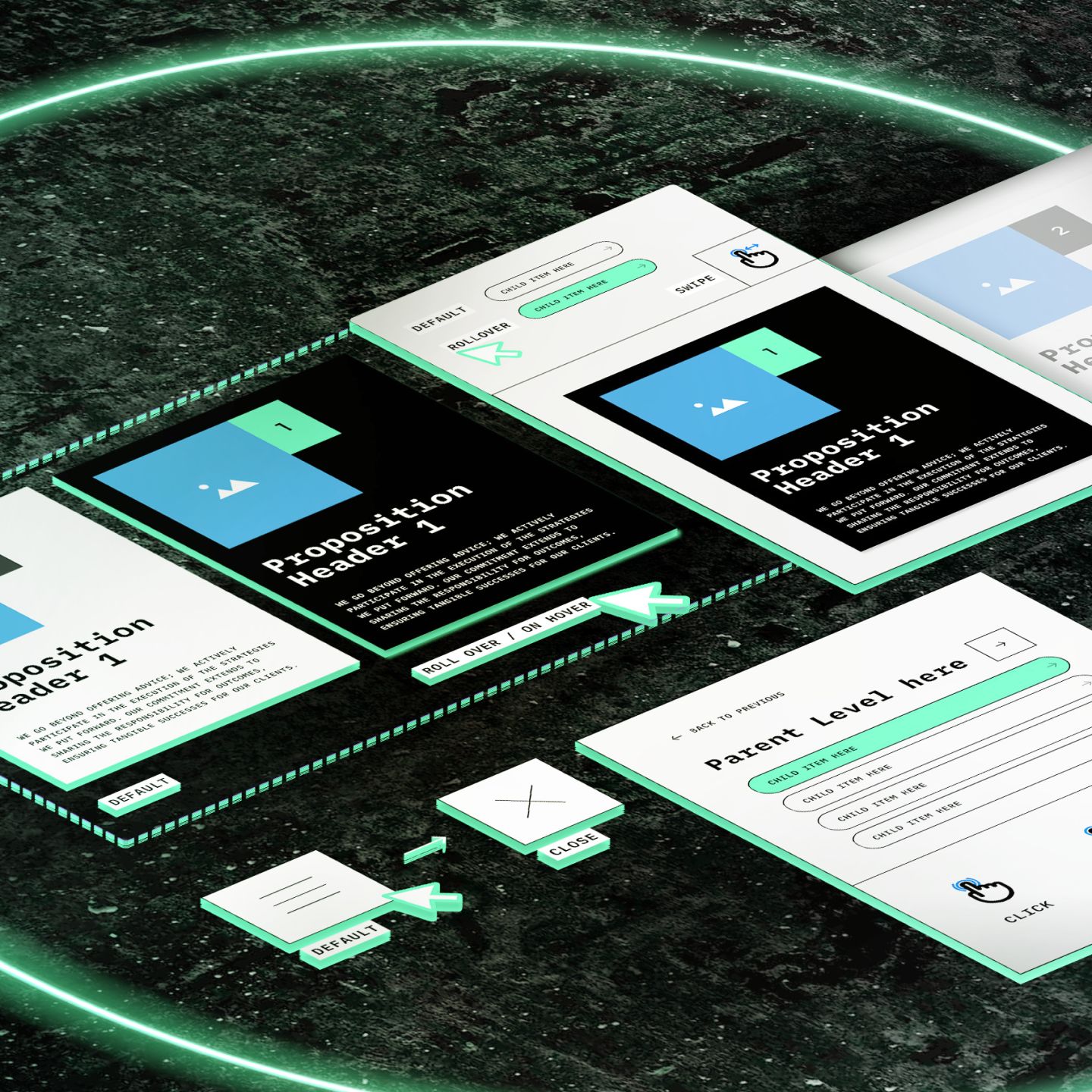
_web.webp)















